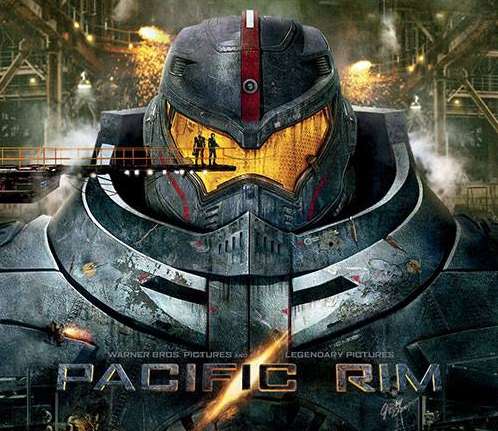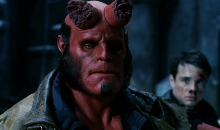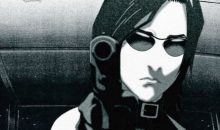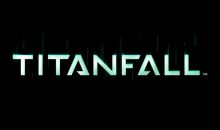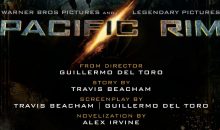Pacific Rim – A Love Letter to Godzilla
Co-authored by Hannah Craig & Peter Walbrun
You have to understand what Pacific Rim is and what it is not. Pacific Rim is not a deep, subversive take on kaiju (giant monsters) movies or mecha anime. Pacific Rim is a straight up love letter to Godzilla and super robots. There’s a certain level of cheesiness that you expect when you pop in a Godzilla movie – rubbery suits and obvious zippers. You’re not watching Godzilla and expecting world class acting or an intricate plot. You’re there to see a giant reptile devastate Tokyo. And in Pacific Rim, you’re there to see a Lovecraftian Cloverfield-monsters get walloped by a tanker ship thanks to a 90 meter tall super robot. So let’s not read too much into Pacific Rim and instead recognize what it is: Guillermo Del Toro’s loving ode to kaiju cinema and giant robot anime. So despite all of its visual wizardry, Pacific Rim is very likely not going to convert anyone into loving mecha anime or Godzilla movies if they weren’t something they loved already.
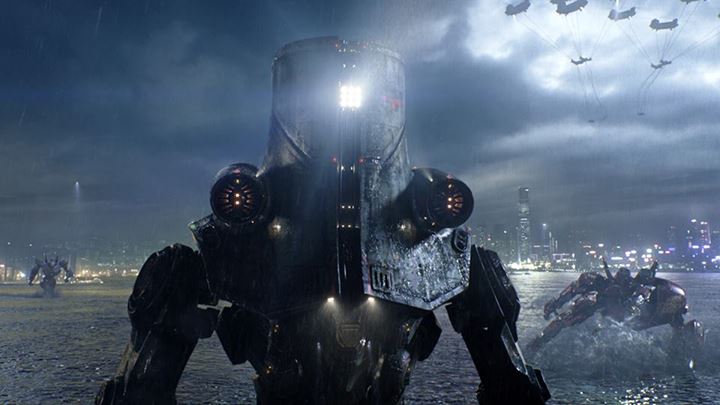 Director Guillermo Del Toro’s work on Hellboy and Pan’s Labyrinth was awesome – and hell, there was even some enjoyment to Blade 2 (editors note: That’s debatable!). So both of us had our fingers crossed that this would defy all the doubts people seemed to have for it and be amazingly great. That’d it’d have mass appeal of something like Iron Man or Batman Begins and would begin a glorious age of huge budget mecha and kaiju movies for a mainstream audience. Sadly, we think it is not to be.
Director Guillermo Del Toro’s work on Hellboy and Pan’s Labyrinth was awesome – and hell, there was even some enjoyment to Blade 2 (editors note: That’s debatable!). So both of us had our fingers crossed that this would defy all the doubts people seemed to have for it and be amazingly great. That’d it’d have mass appeal of something like Iron Man or Batman Begins and would begin a glorious age of huge budget mecha and kaiju movies for a mainstream audience. Sadly, we think it is not to be.
Pacific Rim’s characters are archetypes for the most part (the Chinese and Russian crews get little to no character development or even lines). The character arcs are more telegraphed than a rocket punch, so badly that you can predict the outcomes of the main three characters by about a half-hour into the movie. Like the genres it’s paying homage to, Pacific Rim contains melodrama; lots of melo-drama. 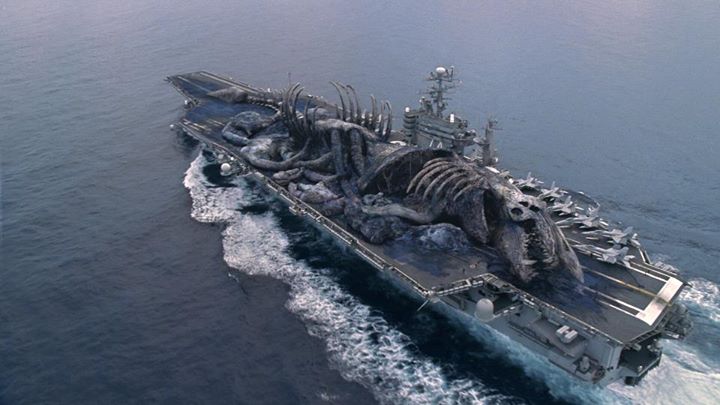 Though Tokyo isn’t destroyed, Hong Kong and Sidney take a beating (but keep on ticking – Man of Steel’s Metropolis might have gotten wrecked more soundly). We see a handful of pictures and little footage about destruction of San Francisco, Manila and Seattle – not a lot, just enough to make you wish Del Toro had given us more. There’s some exposition/narration in the beginning of the movie to set the stage and explain how Earth is being invaded by the kaiju, via a transdimensional portal in the Pacific ocean. There’s a lot of these hints of world building, like how the upper class have all moved inland away from the Pacific Ocean and the poor work for rations on giant walls being erected on the coasts to stop the monsters. Writer Travis Beacham and Del Toro have added all these fun details to build the world of Pacific Rim up; it’s really disappointing that story and character quality can’t rise to that same level or that the plot doesn’t explore this really well-designed world more.
Though Tokyo isn’t destroyed, Hong Kong and Sidney take a beating (but keep on ticking – Man of Steel’s Metropolis might have gotten wrecked more soundly). We see a handful of pictures and little footage about destruction of San Francisco, Manila and Seattle – not a lot, just enough to make you wish Del Toro had given us more. There’s some exposition/narration in the beginning of the movie to set the stage and explain how Earth is being invaded by the kaiju, via a transdimensional portal in the Pacific ocean. There’s a lot of these hints of world building, like how the upper class have all moved inland away from the Pacific Ocean and the poor work for rations on giant walls being erected on the coasts to stop the monsters. Writer Travis Beacham and Del Toro have added all these fun details to build the world of Pacific Rim up; it’s really disappointing that story and character quality can’t rise to that same level or that the plot doesn’t explore this really well-designed world more.
Like any good mecha anime, the world’s only hope is a giant mecha, called Jaegers. There are some fun twists with the ideas behind the technology used to battle the kaiju; the mechs have a gimmick to set 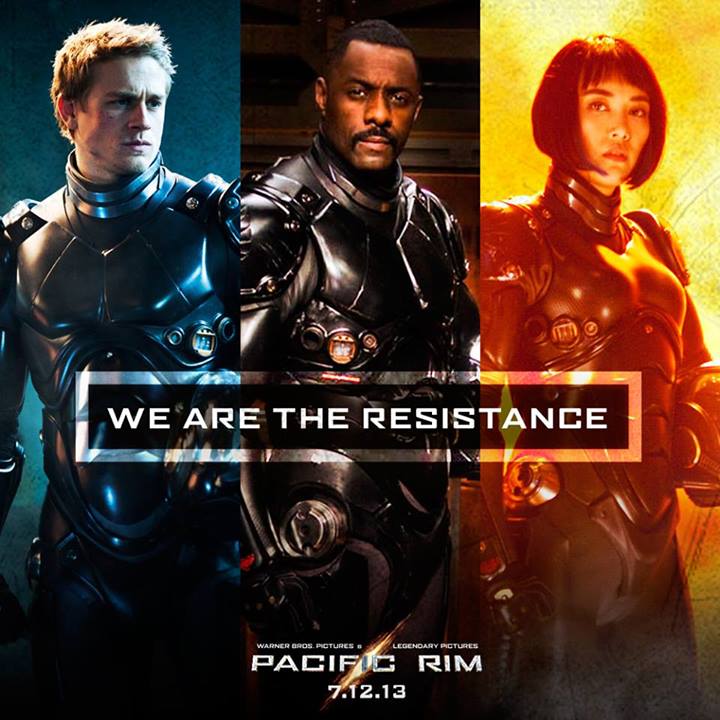 themselves apart from the average Gundam, Mazinger Z or Voltron. The Jaegers are operated with a dual pilot system, linking the pilots’ minds so that their brains can handle the massive strain of operating 90 meter tall monster-fighting machines. The pilot control system drives a large part of the plot and is a neat idea that allowed Charlie Hunnam’s and Rinko Kikuchi’s character to do more than just drive robots – though Hunnam’s character, leading dude Raleigh Becket, does little more with it than stand around having a square jaw and looking determined. The mind linking tech (called ‘drifting,’ which is a term better suited to a movie with fast cars more than GIANT FREAKIN’ ROBOTS) also serves as the catalyst for the subplot involving Charlie Day’s slightly-out of his head scientist. A great deal of the non-action fun in Pacific Rim comes from Day and Ron Pearlman’s interactions.
themselves apart from the average Gundam, Mazinger Z or Voltron. The Jaegers are operated with a dual pilot system, linking the pilots’ minds so that their brains can handle the massive strain of operating 90 meter tall monster-fighting machines. The pilot control system drives a large part of the plot and is a neat idea that allowed Charlie Hunnam’s and Rinko Kikuchi’s character to do more than just drive robots – though Hunnam’s character, leading dude Raleigh Becket, does little more with it than stand around having a square jaw and looking determined. The mind linking tech (called ‘drifting,’ which is a term better suited to a movie with fast cars more than GIANT FREAKIN’ ROBOTS) also serves as the catalyst for the subplot involving Charlie Day’s slightly-out of his head scientist. A great deal of the non-action fun in Pacific Rim comes from Day and Ron Pearlman’s interactions.
If you do love the idea of giant robots beating the hell out of godzillas than you should come away stoked and doing sentai poses with your friends. There are rocket punches, demolished cities and weapons 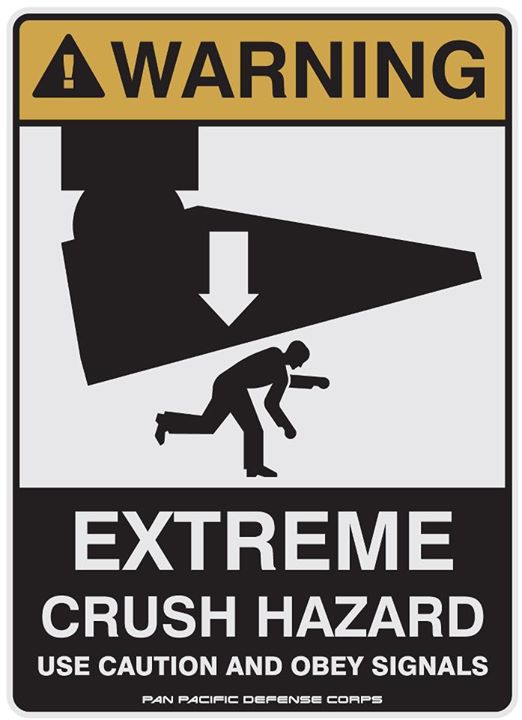 improvised out of the urban landscape. There are only four different robot designs and sadly we only really get to see two of the mechs in drawn out action. It’s disappointing because you can tell there is a lot of work put into the designs and there’s a lot of lost awesome potential. The mecha do move more like giant mechanical suits than Transformers’ giant alien robots, who move more like people. There is a certain weight and presence that Jaegers possess that really gives the battle sequences a sense of the enormous action rocking the landscape.
improvised out of the urban landscape. There are only four different robot designs and sadly we only really get to see two of the mechs in drawn out action. It’s disappointing because you can tell there is a lot of work put into the designs and there’s a lot of lost awesome potential. The mecha do move more like giant mechanical suits than Transformers’ giant alien robots, who move more like people. There is a certain weight and presence that Jaegers possess that really gives the battle sequences a sense of the enormous action rocking the landscape.
If you have any interest in seeing huge mecha and monsters knock each other around, the big screen is the best place to see it. Fans of Godzilla and giant robots will very likely get a huge kick out of Pacific Rim – it’s incredibly fun to watch all of the age-old tropes play out and to catch visual homages and references to kaiju movies and mecha anime. Not to mention that it’s a very beautiful movie with excellent special effects. However, if you’re looking for a different take on the genres or just want more depth than a summer blockbuster action movie will provide, Pacific Rim might not be for you.
But really, sometimes giant robots rocket-punching Lovecraftian Godzillas is all you need.

